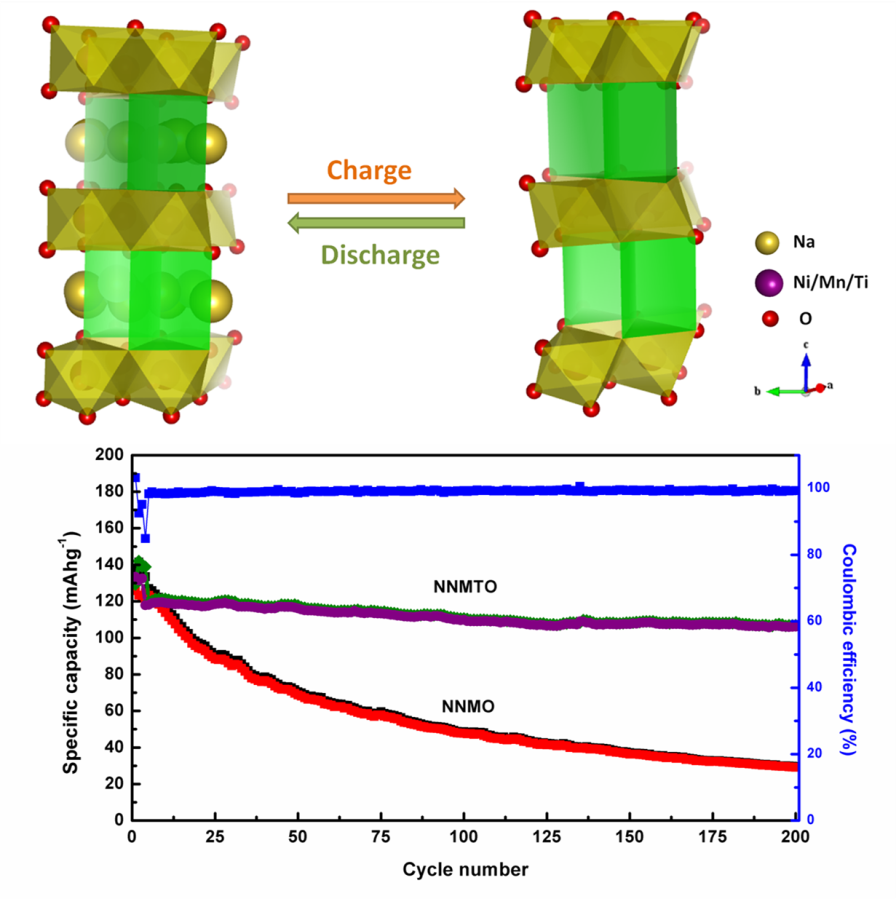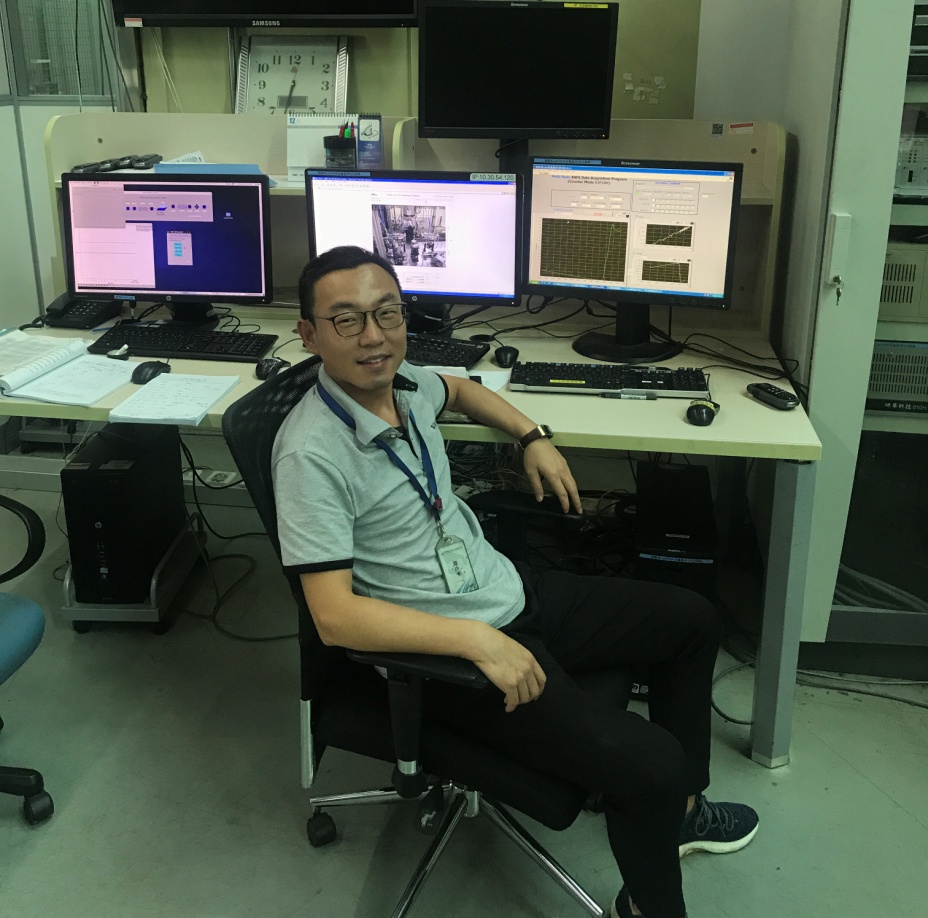Tao shi, Associate Professor, from the School of Electronic and Information Engineering recently published a paper in the Journal of Materials Science & Technology

Tao shi, Associate Professor, from the School of Electronic and Information Engineering recently published the title "Insights into the Ti4+ doping in P2-type Na0.67Ni0.33Mn0.52Ti0.15O2 for enhanced performance of sodium-ion batteries" in the internationally renowned journal "Journal of Materials Science & Technology" (Area of SCI Division, Chinese Academy of Sciences, IF = 6.155) with the first author and Changshu Institute of Technology as the first completion unit. This study reported a detailed study of the enhanced rate capability and cyclic stability of the Ti-doped Na0.67Ni0.33Mn0.67O2 cathode material. The combined analysis of ex-situ X-ray absorption fine structure (XAFS) spectroscopy, aberration-corrected high resolution transmission electron microscopy (AB-HRTEM) and X-ray diffraction (XRD) show that the strong Ti–O bond in the transition metal layers stabilizes the local structure, destroy the Na+-vacancy ordering and arrest the irreversible multiphase transformation that occurs during the intercalation/deintercalation process. Thesis link:
https://www.sciencedirect.com/science/article/pii/S1005030220307180
Paper Title:Insights into the Ti4+ doping in P2-type Na0.67Ni0.33Mn0.52Ti0.15O2 for enhanced performance of sodium-ion batteries
Journal:Journal of Materials Science & Technology
Abstract:
Due to the sodium abundance and availability, sodium-ion batteries (SIBs) have the potential to meet the worldwide growing demand of electrical energy storage. P2-type sodium transition-metal layer oxides with a high energy density are considered as the most promising cathode materials for SIBs. We present here a detailed study of the enhanced rate capability and cyclic stability of the Ti-doped Na0.67Ni0.33Mn0.67O2cathode material. The combined analysis of ex-situ X-ray absorption fine structure (XAFS) spectroscopy, aberration-corrected high resolution transmission electron microscopy (AB-HRTEM) and X-ray diffraction (XRD) show that the strong Ti–O bond in the transition metal layers stabilizes the local structure, destroy the Na+-vacancy ordering and arrest the irreversible multiphase transformation that occurs during the intercalation/deintercalation process. Actually, Na0.67Ni0.33Mn0.52Ti0.15O2exhibits a reversible capacity of 89.6 mA h g−1 even at 5 C, an excellent cyclability with 88.78 % capacity retention after 200 cycles at 0.5 C. This study provides a better understanding in optimization of the design of high-energy cathode materials based on titanium doped layered oxides for SIBs.

Figure 4 (a) Ex-situ XANES spectra at the (a) Ni K-edge and (b) Mn K-edge of Na0.67Ni0.33Mn0.51Ti0.15O2 electrode collected at different charge/discharge states. Corresponding to EXAFS spectra at the (c) Ni K-edge and (d) Mn K-edge of Na0.67Ni0.33Mn0.52Ti0.15O2 electrodes.

Shi Tao is an associate professor in School of Electronic and Information Engineering, Changshu Institute of Technology. He received his PhD degree in 2016 from University of Science and Technology of China. His research focuses on synthesis of novel electrode materials for application in lithium-ion batteries, sodium-ion batteries and the relationship between structure and property of electrodes using synchrotron radiation technique. As first author or corresponding author, he has published 30+ SCI papers in prestigious international refereed journals.
